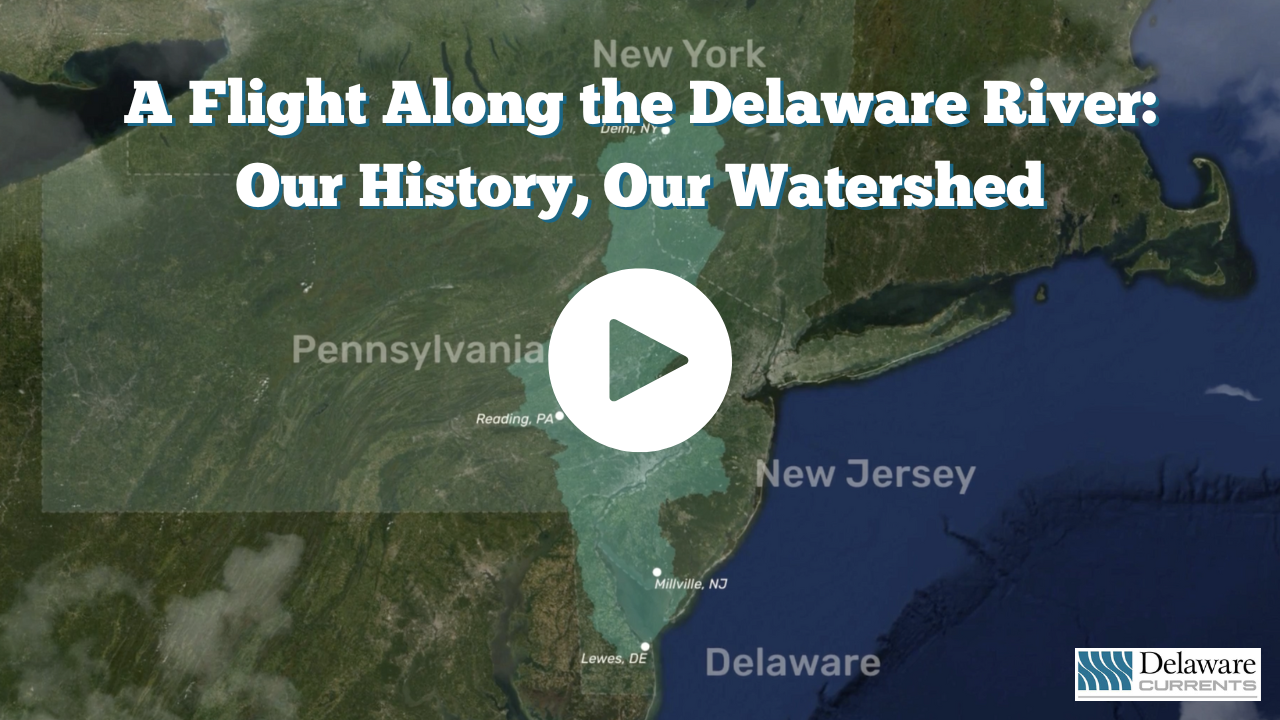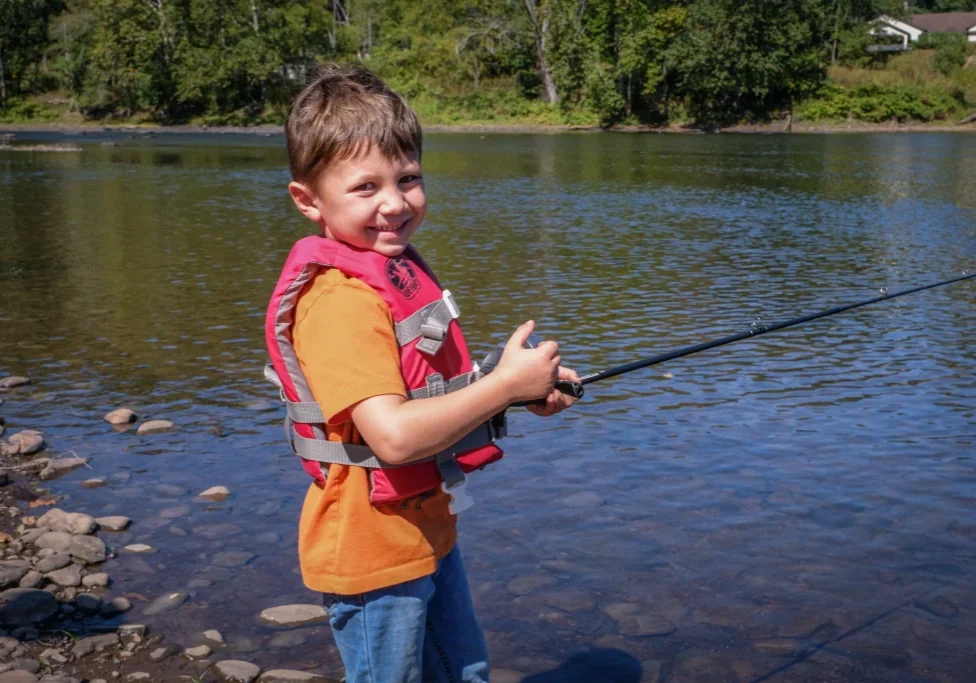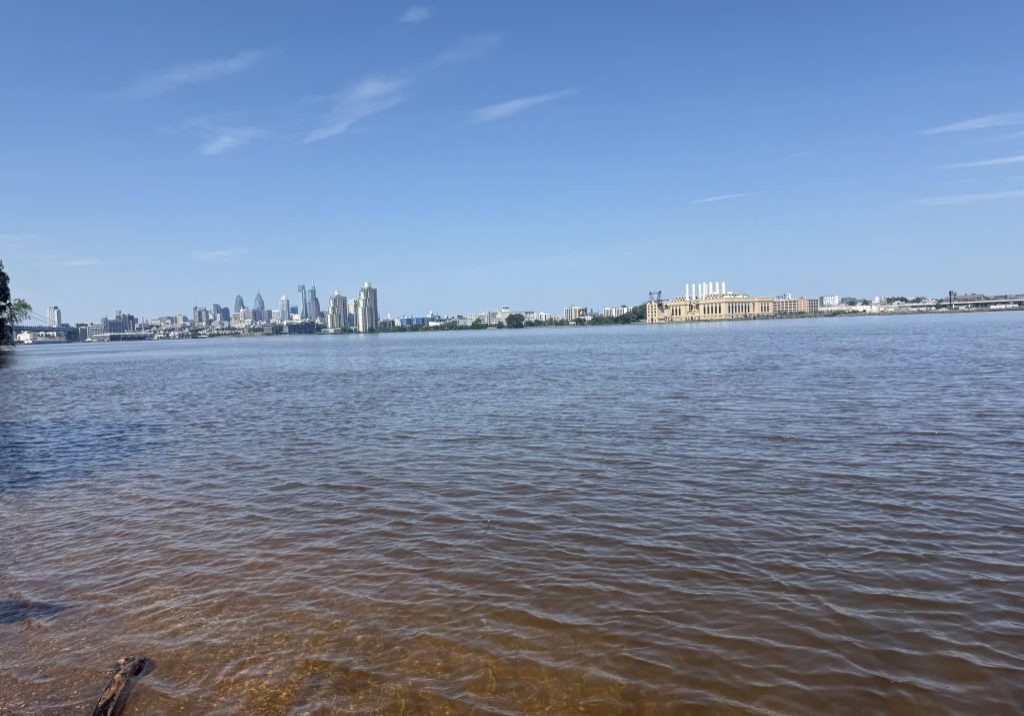
U.S. Coast Guard and its partners help the safe flow of commerce on the Delaware River
| June 16, 2025
After a stormy night on the Delaware River about two years ago, three range lights used by vessels to help navigate the waterway went dark.
River pilots alerted Capt. Drew Hodgens, the chairman of the Mariners Advisory Committee, who quickly contacted Sector Delaware Bay of the U.S. Coast Guard the next morning.
By mid-afternoon, all of the lights were back up and running.
“It sounds very simple, but it just shows teamwork,” Hodgens said. “The relationship works great.”
The response Hodgens described in that case is one of many textbook examples of how officials from the Coast Guard unit based in Philadelphia say they work with multiple partners to keep the river safe and secure, especially for the flow of commerce.
That’s no small mission considering the Delaware River is home to the world’s largest freshwater port, serving as a huge hub for domestic and international trade that sees an average of 2,600 ships a year, including “reefers,” refrigerated-cargo carriers transporting perishable goods. Also, the Delaware River ports handle some of the largest volume of petrochemicals on the East Coast.
That job of patrolling and ensuring the safety of the river traffic falls to U.S. Coast Guard Sector Delaware Bay, which is housed in a low brick building on Washington Avenue on the river. With 800 personnel, Sector Delaware Bay ranks among the top U.S. Coast Guard sectors in terms of size, though others, like New York, New Orleans and Houston are notably much larger.


With its fleet of response boats, buoy tenders and other vessels, the sector’s portfolio is diverse: effecting 650 search and rescue operations in 2024, inspecting ships and maintaining the more than 200 buoys on the river, among other duties.
Following a Delaware Currents special report on large vessels on the Delaware River losing steering, propulsion or power, the team at Sector Delaware Bay last month invited some of our news staff members to a tour and learn more about maritime safety and the sector’s day-to-day operations.
Hodgens and a host of Coast Guard brass in attendance emphasized that the Coast Guard does not work in a silo. Rather, a quilt of protections, precautions and partnerships make up a patchwork that ensures the successful movement of commerce and safe navigation.
Or as the sector commander, Capt. Kate Higgins-Bloom, put it: “The Coast Guard is constantly collaborating to find an equilibrium.”

The Mariners Advisory Committee
Hodgens, who has been chairman of the Mariners Advisory Committee for four years, said he is in “constant communication with all of our port partners,” which includes the Coast Guard, the U.S. Army Corps of Engineers and the National Oceanic and Atmospheric Administration, among others, as they each have their own expertise in different areas.
“We’re facilitating commerce,” Hodgens said. “Commerce is going to come and go 24 hours a day, seven days a week, and we’re all working together to ensure the safe passage of these vessels.”
MAC is one of the first “harbor safety committees” in the country. It was established in 1964 as a way to connect all agencies and organizations that oversee activity on the Delaware River as a result of an increase in vessel size, said Hodgens, who started working at MAC in 1995.
“I think it set the precedent around the country, like, ‘Hey, this is the way to do it, we’re all sharing information and working for this common goal,’” he said.

The Coast Guard’s role in inspections
To ensure the safe passage of vessels on the Delaware River, Sector Delaware Bay relies on what it described as a “safety net” of compliance, which includes five levels of oversight.
- At the basic level, a master and the ship’s crew are responsible for maintaining the vessel.
- The company that oversees the vessel conducts internal audits.
- A classification society, which for domestic vessels is the American Bureau of Shipping, conducts surveys and audits to ensure widespread compliance with regulations.
- The country in which the vessel is flagged inspects and provides oversight.
- And the Port State Control Division of the Coast Guard is responsible for identifying and eliminating substandard ships from international trade by inspecting the vessels for safety, including structural integrity, fire protection and machinery, among other things.
The Coast Guard has a prevention department that is made up of three divisions: marine inspections, waterways management and marine investigations.
The inspections division inspects both foreign and domestic vessels to ensure compliance with laws, regulations and “Coast Guard policy to prevent loss of life and damage to property and the environment.”
What might trigger an inspection? A ship’s past history (any major deficiencies?); its 12-month history of compliance, the vessel type, its age and the cargo it’s carrying.
Regulations are crafted by classification societies, such as ABS or other similar organizations, which fall under the umbrella of the International Association of Classification Societies.
“Classification societies are very important to the grand scheme of marine safety,” said Cmdr. Frank Strom, chief of the Prevention Department at Sector Delaware Bay. “We kind of work hand in glove with them, as a lot of our regulations mirror what the classification society rules look like.”
The regulations “make sure everybody’s operating on at least a baseline of safety and understanding for how vessels need to safely operate,” he said.
The Coast Guard is “always looking at regulatory development projects,” he added, to ensure that “everything is safety-focused and we’re not allowing any kind of operation or construction that would endanger the public or the environment.”


Focus on safety
Strom described the Coast Guard as a “public service organization,” noting that if it does become aware of an incident, it does not want a similar incident to occur elsewhere, so the Coast Guard tries “to get the information out as quickly as possible to prevent further issues.”
If there is an incident that occurs, Strom said it’s usually related to a “breakdown in communication.”
Being engaged with the public and bringing in port partners helps to ensure that everyone is aware of what is going on. That, in turn, helps reduce the risk of something going awry.
“When you try to work in a silo and do everything that way, it’s never going to lead to a totally successful outcome. Sometimes it’s so basic, but it’s the basic things that slip through the cracks when we stop talking to people,” Strom said. “That’s why partnerships like the MAC, which is our harbor safety committee, is so valuable, because it helps us understand what’s happening in the port community. We can hear their concerns, and then we also can let the general public know what the Coast Guard’s looking at to course-correct things that we didn’t necessarily think about.”












